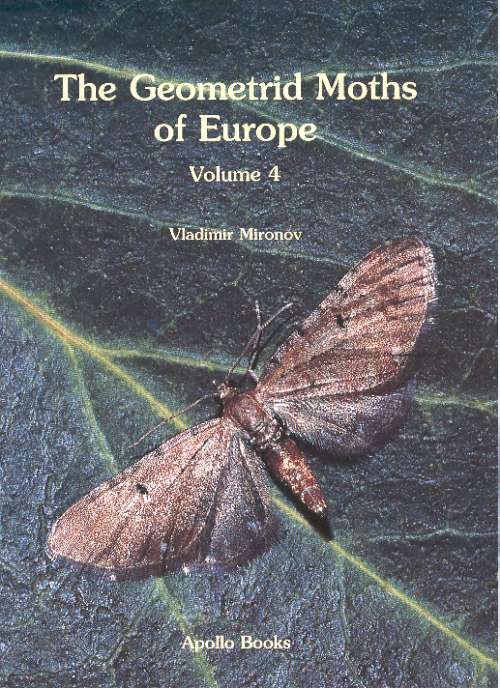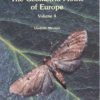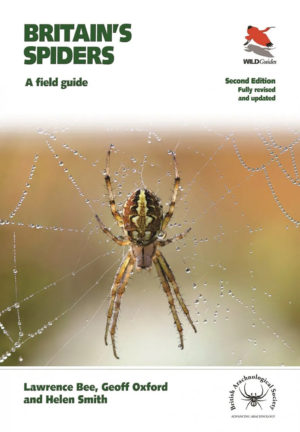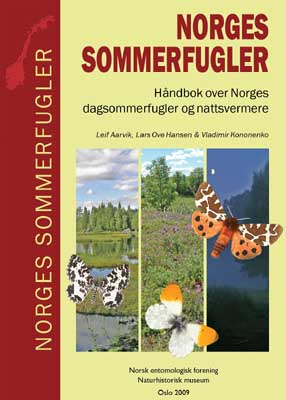Forlagets egne opplysninger
The geographical area covered will be the whole of the geographical Europe. Each volume will illustrate the adults of all species in photographical colour plates of the best quality. Sexual dimorphism as well as polymorphism will be illustrated and if possible all subspecies too. Most species will be shown in natural size, but larger groups of small species such as the genera Idaea and Eupithecia will be shown enlarged. Each species will be treated using the following format: Full name. Original reference to all available nominal names (valid names and synonyms).
Diagnosis based on external features, including detail figures where necessary. Male and female genitalia of all species with line drawings or photographs. Distribution. A summary of the European distribution and also of distribution outside the area treated. This paragraph is completed with a map of the European distribution. Phenology with detailed information about flight period or periods, if possible with reference to various parts of the distribution area. Further also information about how the species hibernates is provided. Biology including hostplant(s). Habitat including the altitude of occurence. Similar species with the differences clearly pointed out. This paragraph may be completed with text figures. Remarks on information that does not fit into any of the other paragraphs.
The Geometrid Moths of Europe is intended for both professional and amateur entomologists. Among the European Geometrid Moths are a number of serious pest species, especially to forestry, and the series will therefore also be an important tool in future pest management, hopefully especially in the biological pest management.
Volume 4 published in May 2003 sets new standards in the study of the European Eupitheciini and Perizomini.





